July 7-13, 2024
Hot, hot, hot, and finding ways to cool down
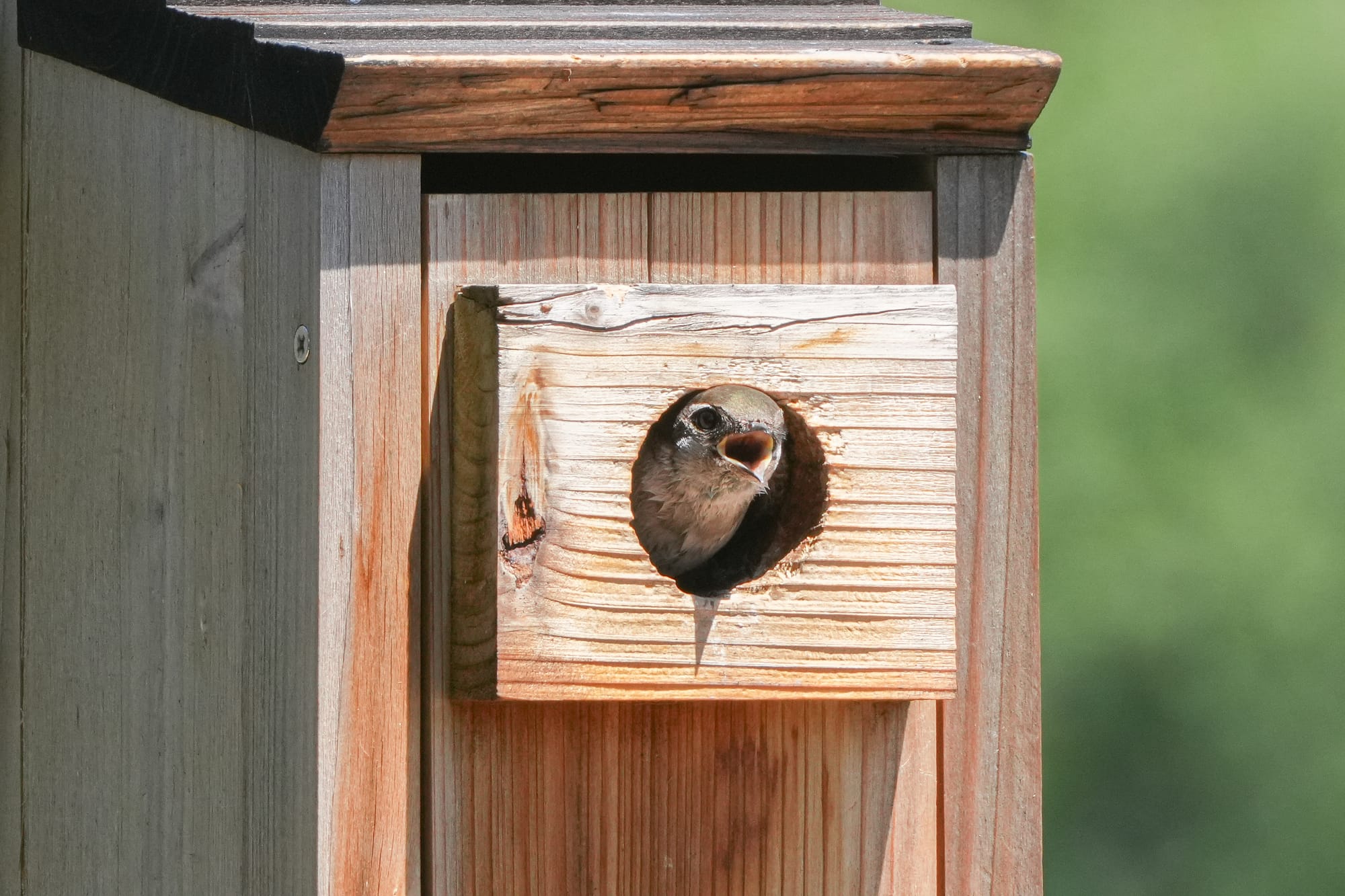
After a week of days over 100 degrees, things have finally cooled down, with temperatures now in the high 90s!
Week in Review
Brutal temperatures made it a rough week for all of us. It was hard enough for us humans, with cool buildings to retreat to, but I can only imagine how hard it must have been for some of our plants and animals.
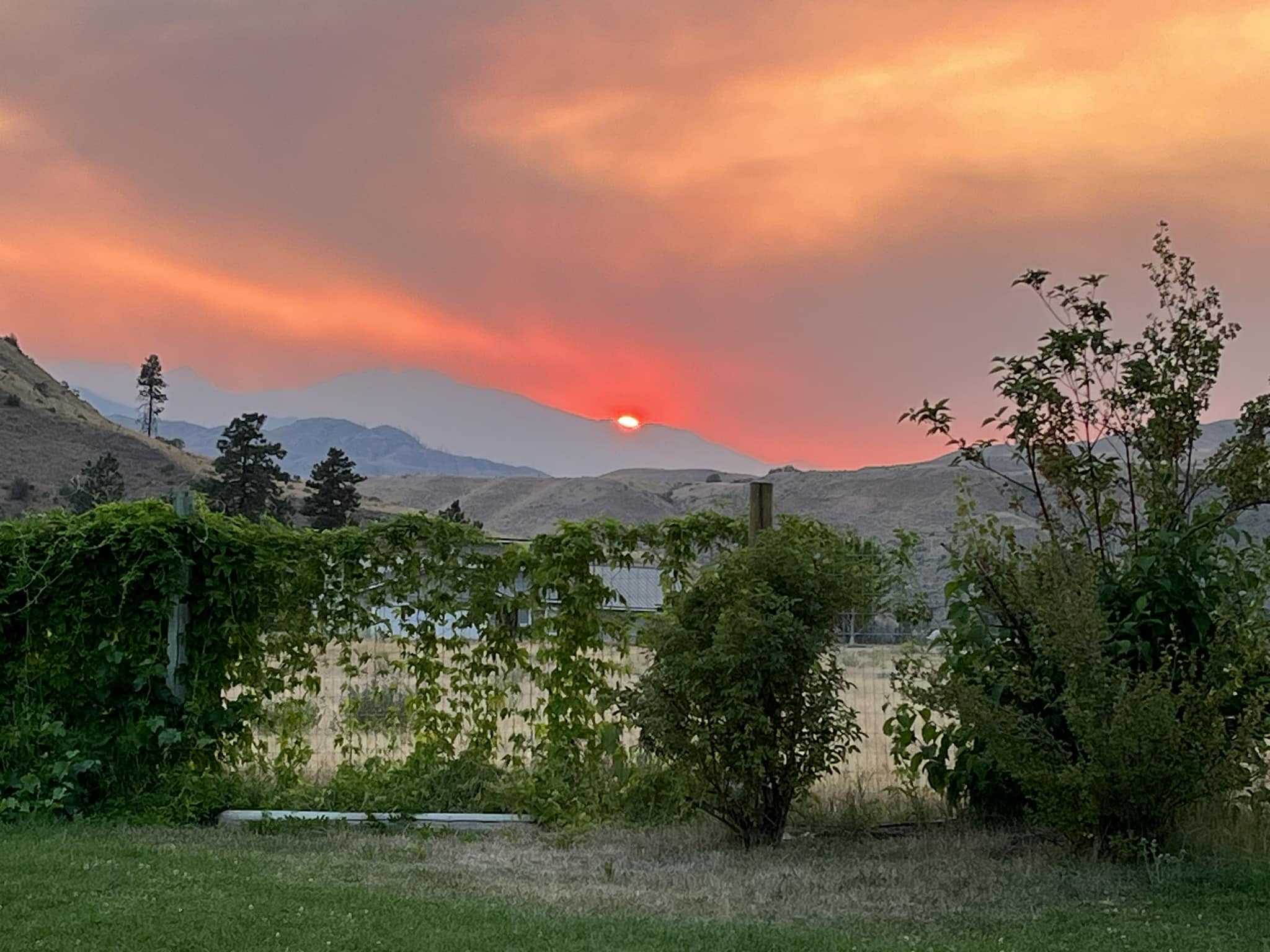
We're entering that time of summer when leaves are drying out and turning brown, adding a brittle edge to everything around us. On a hot day, it feels as if grasshoppers are the only animals that are thriving (there are far fewer than last year but still a lot).
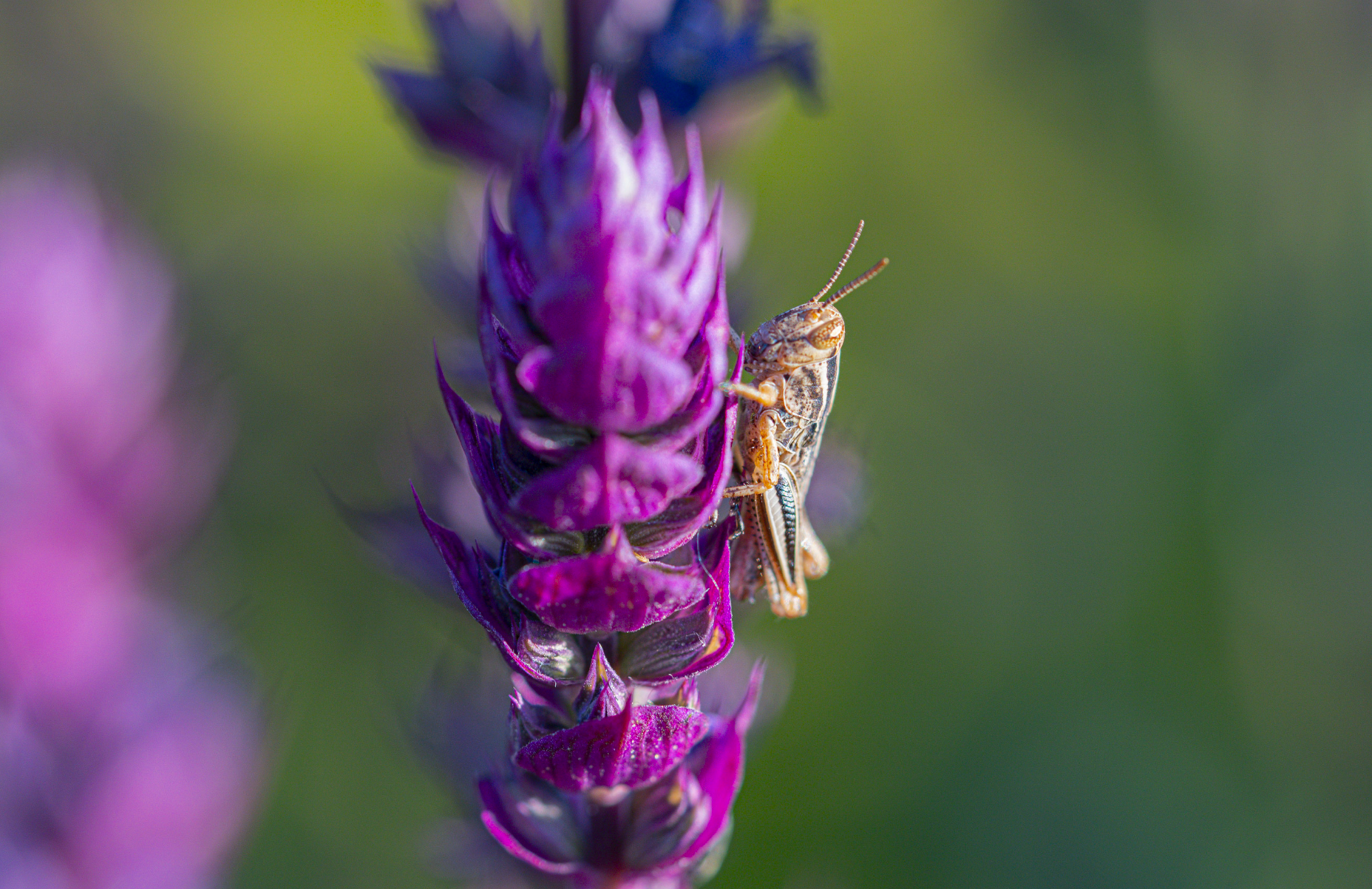
This is not entirely true, however, because on several paddleboard trips down the river I was amazed at how much life is going on near the cool waters and shaded trees of our rivers. There were dozens of loudly calling spotted sandpipers, belted kingfishers, bald eagles, red-tailed hawks, Canada geese, common mergansers, swallows, warblers, vireos, catbirds, robins, and many more birds. Not to mention a never-ending buzz of tiger beetles, toad bugs, damselflies, dragonflies, and butterflies on the sandy beaches. It highlights how important rivers are to the overall ecological health of the Methow Valley.
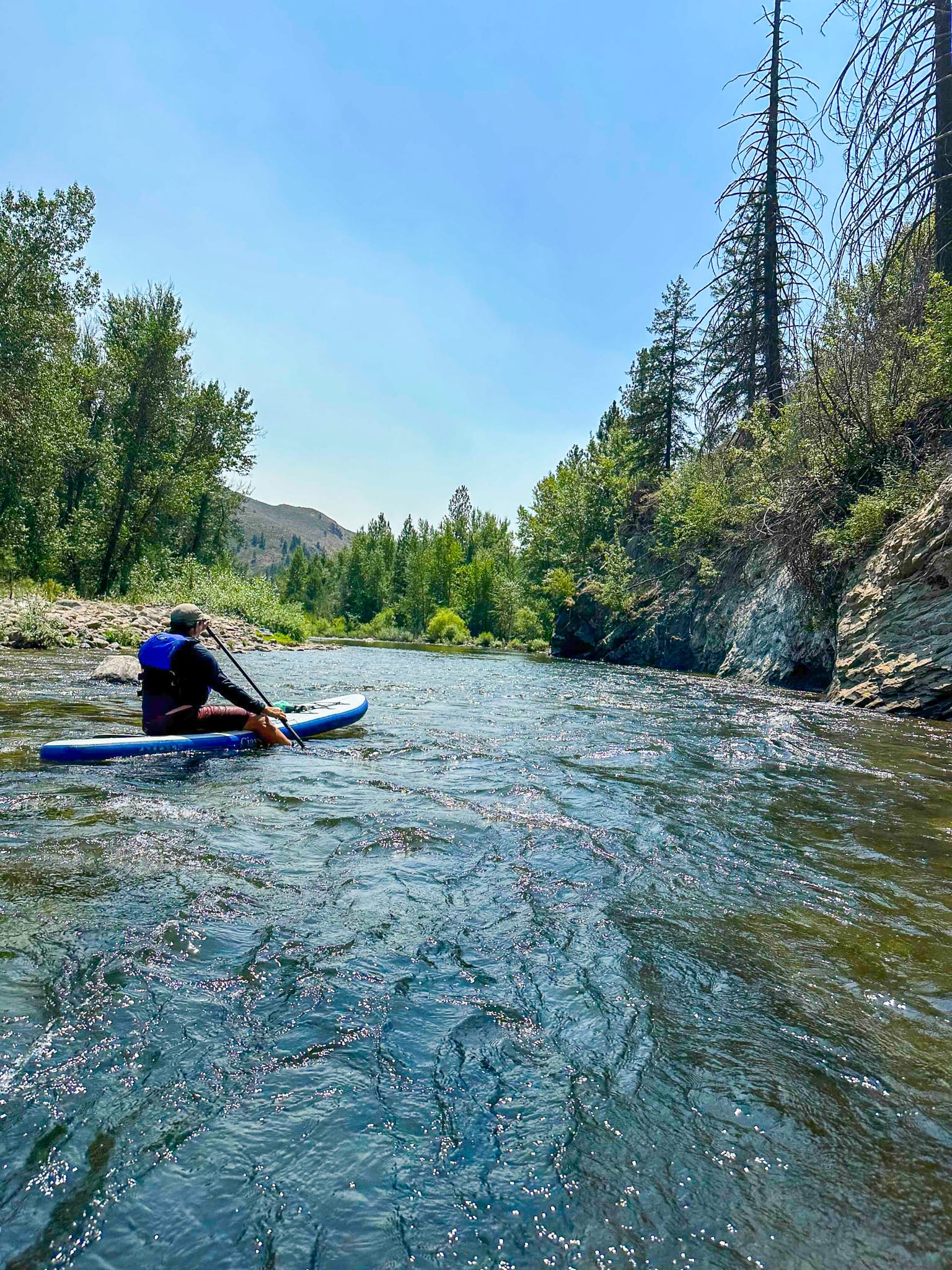
However, if you've spent any time around water, you've probably also noticed some of our many biting insects. On a long hike in the mountains, we were swarmed by mosquitoes and black flies, and in the Nature Notes Facebook group folks have been commenting on the many deer flies this year. These sneaky flies are much hated because they use their scissor-like mouthparts to saw cuts in your skin then suck up the blood (only females bite, while males visit flowers). Even worse they add anti-coagulants to the open wound to keep blood flowing and these compounds may cause intense itching or severe allergic reactions.
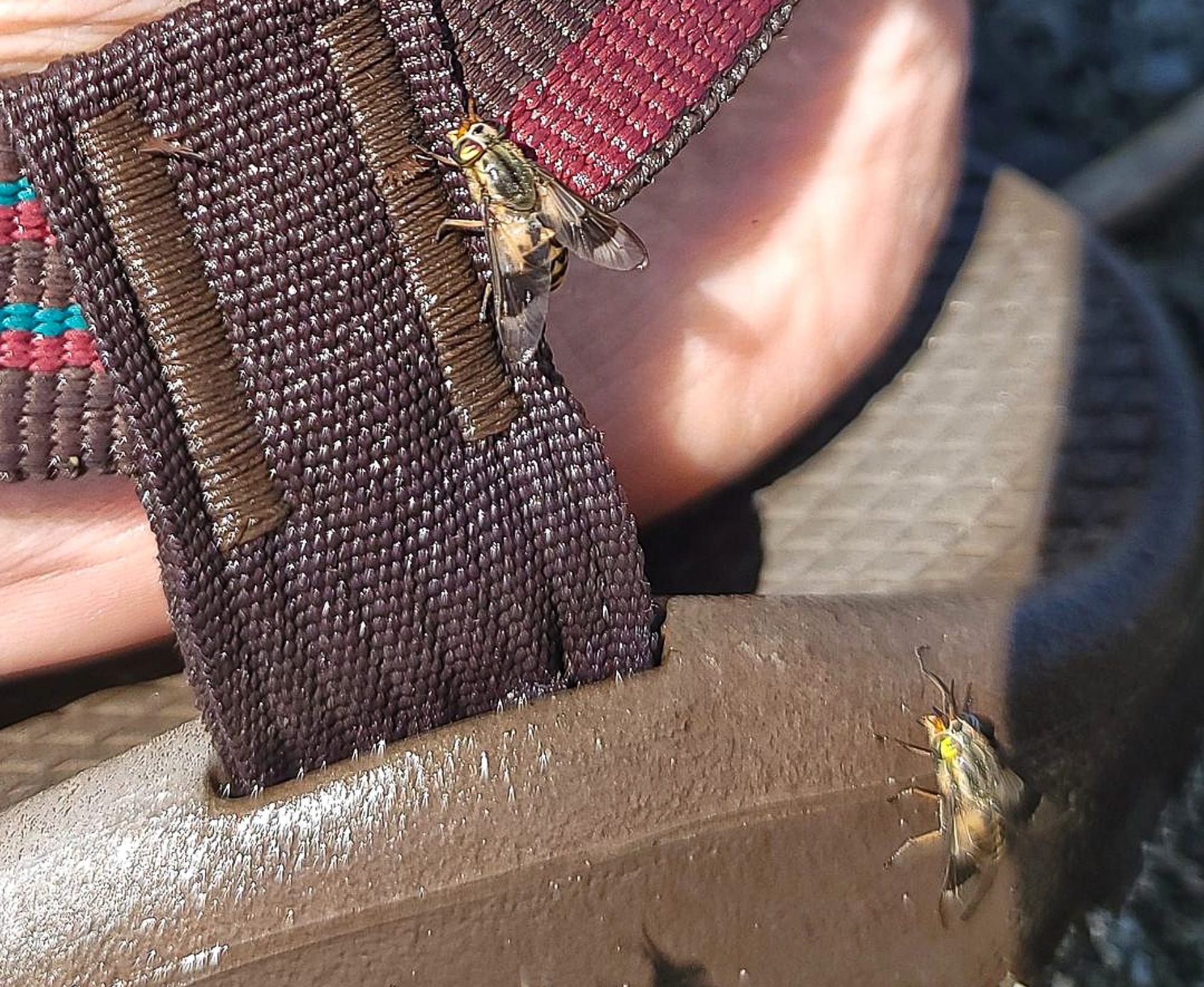
There's also been a subtle shift in bird behavior over the last couple weeks. The morning chorus of singing birds has mostly tapered off, and it seems as if nearly all our birds are quietly feeding active babies. As I write this, the first family of quail I've seen this year is wandering across the yard, and over the last week I've noticed families of chipping sparrows, lark sparrows, western bluebirds, and other birds.
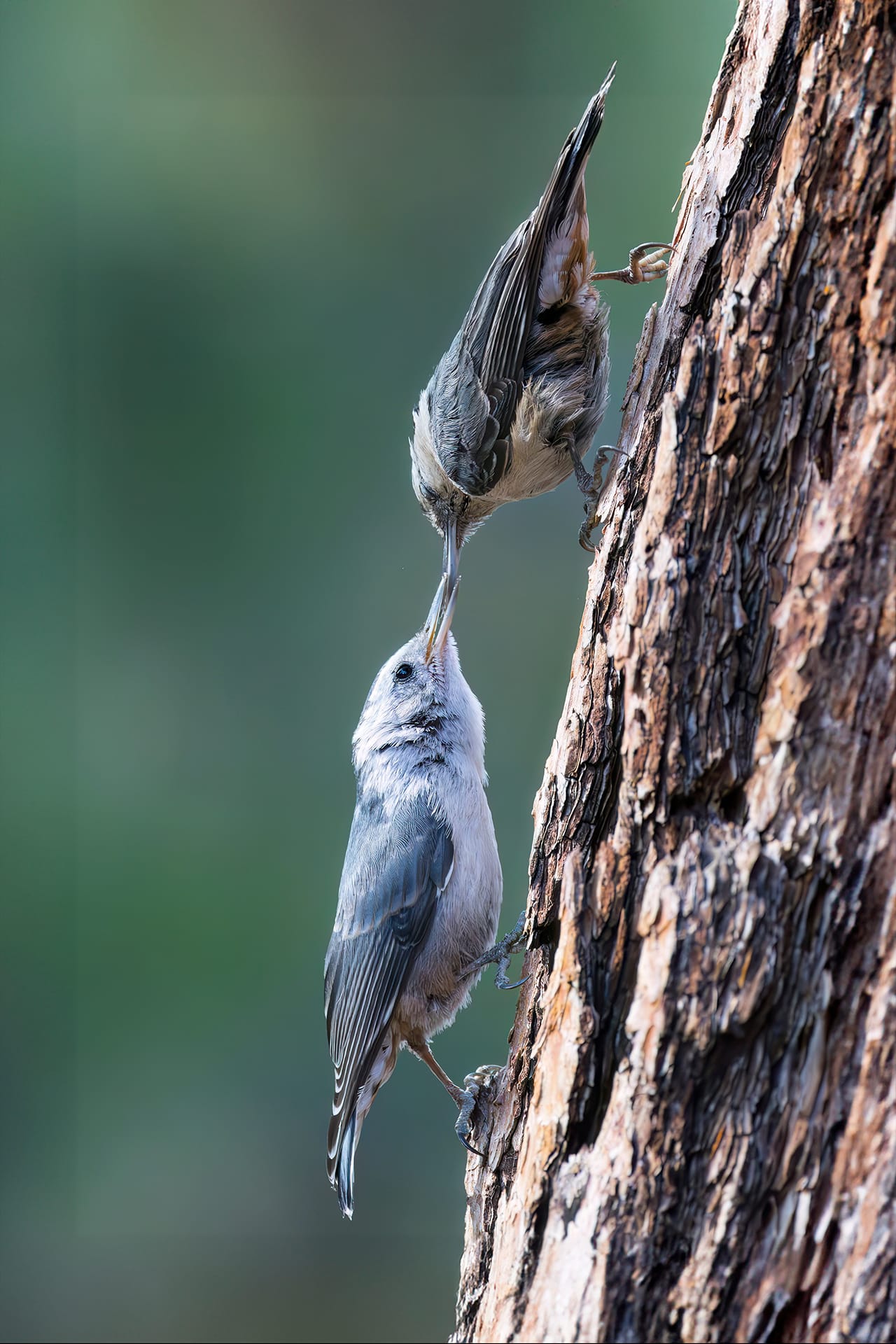
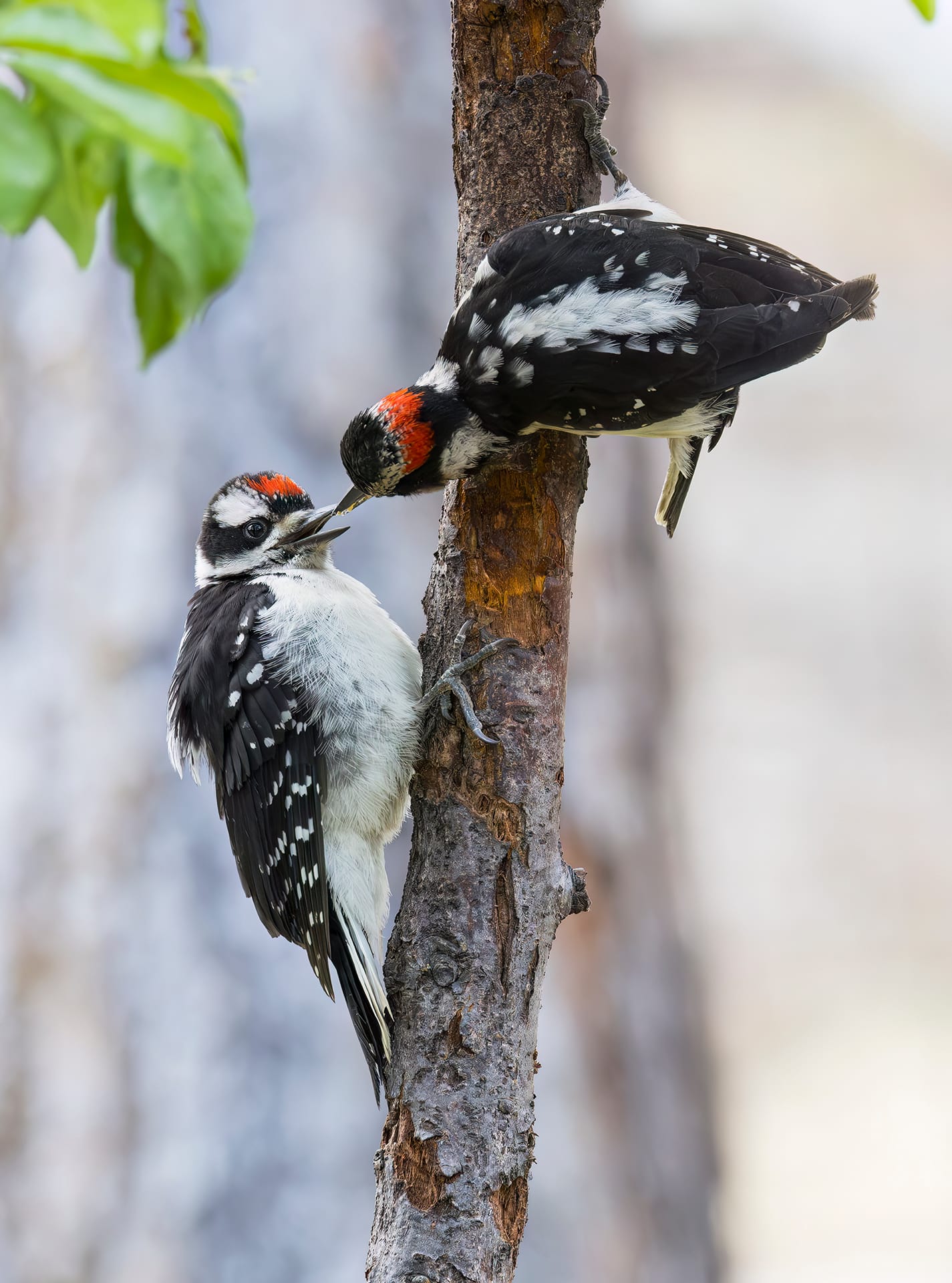
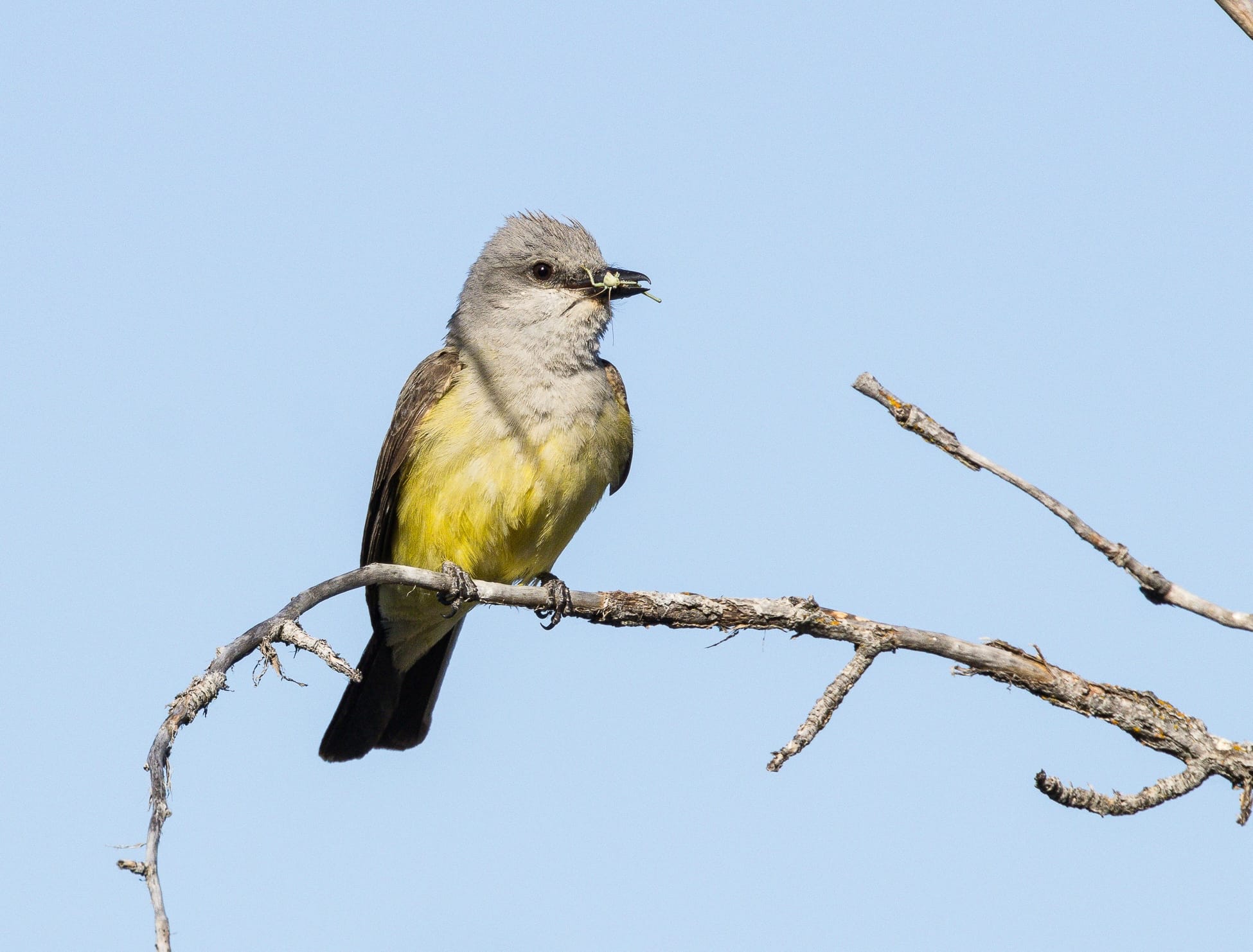
White-breasted nuthatch, hairy woodpecker, and western kingbird feeding babies. Photos by Peter Bauer
On a final note, it's worth celebrating our Pacific treefrogs, which have an uncanny ability to find small damp spots in our yards and gardens. Count yourself lucky if you have one of these delightful little frogs living with you this summer!
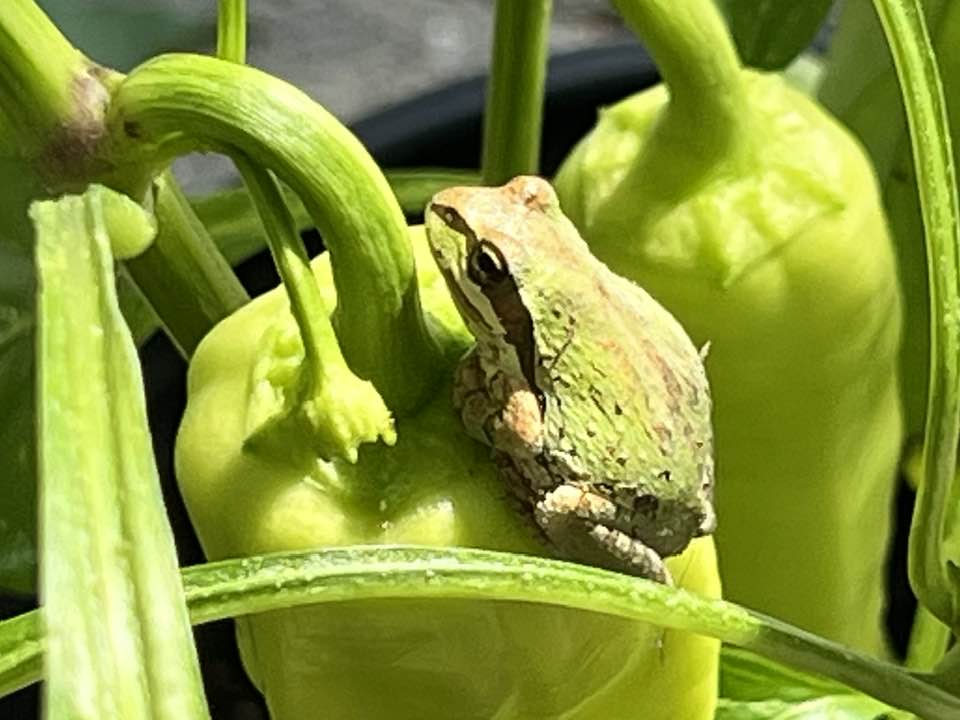
Observation of the Week: Banded Alder Borer
Of the many odd and interesting beetles that show up in the summer, few are as large and distinctive as the banded alder borer (Rosalia funebris), with bodies up to 1.5 inches long.
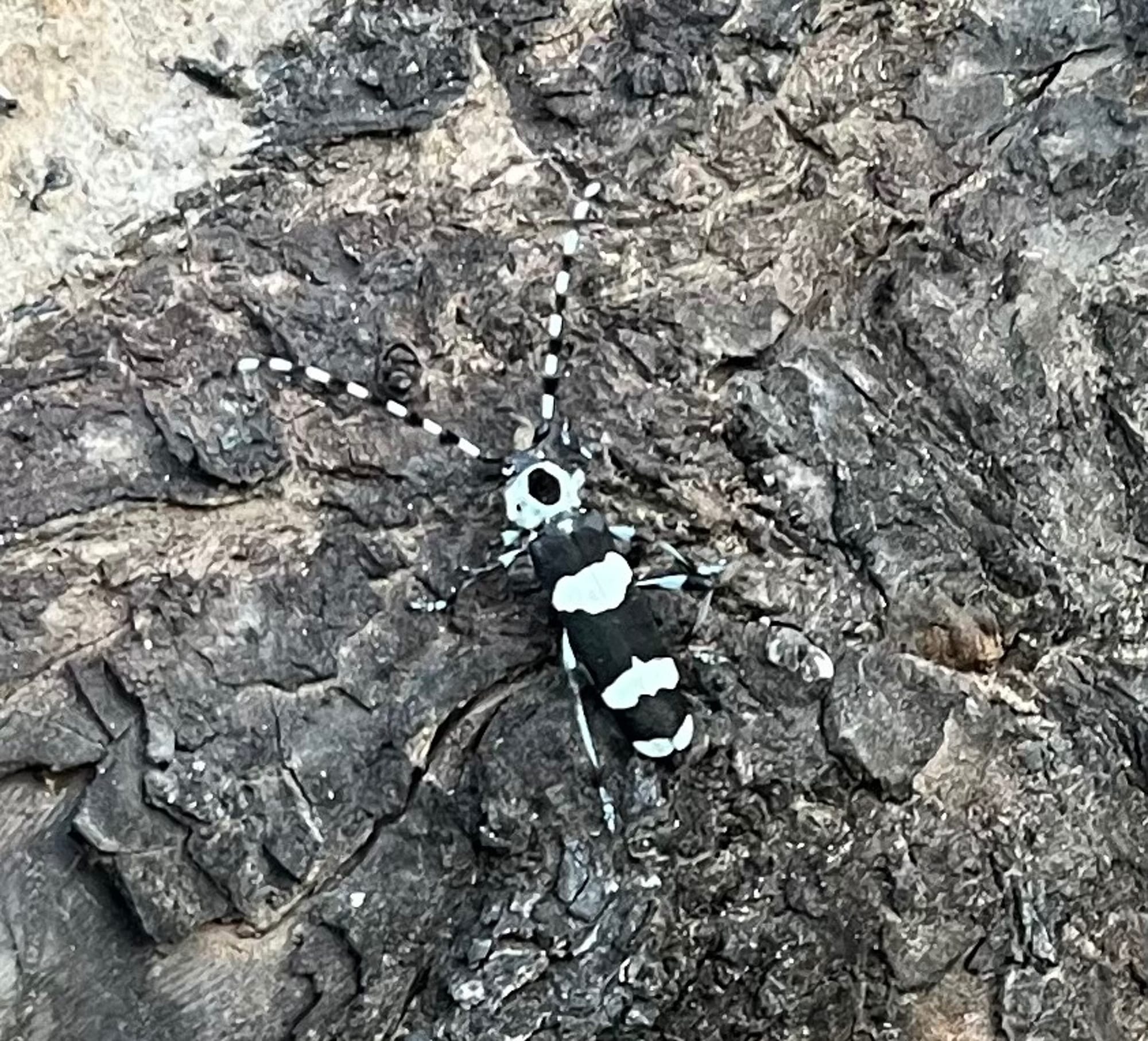
Like all members of the ecologically significant long-horned beetle family (Cerambycidae), these beetles play a critical role in breaking down dead and decaying wood. Many people mistakenly believe these beetles are pests that kill trees, but this is not true.
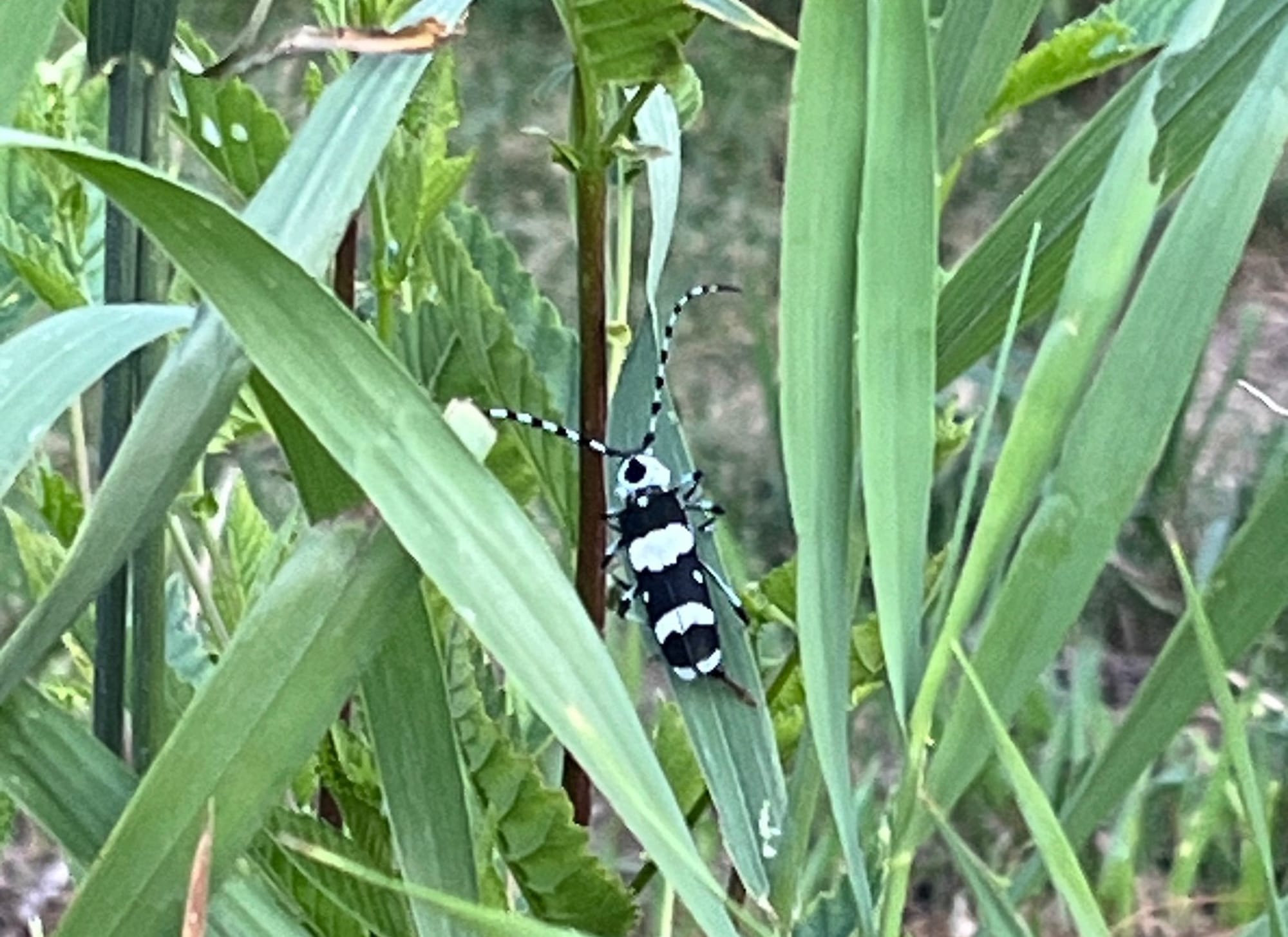
As adults, alder borers live only briefly, finding each other by releasing pheromones which they detect using their outrageously long antenna (much longer on males than females). Then they seek out and lay eggs on dead alder trees (plus a few other deciduous trees not found in our area) and their larvae feed on decaying wood until winter sets in.
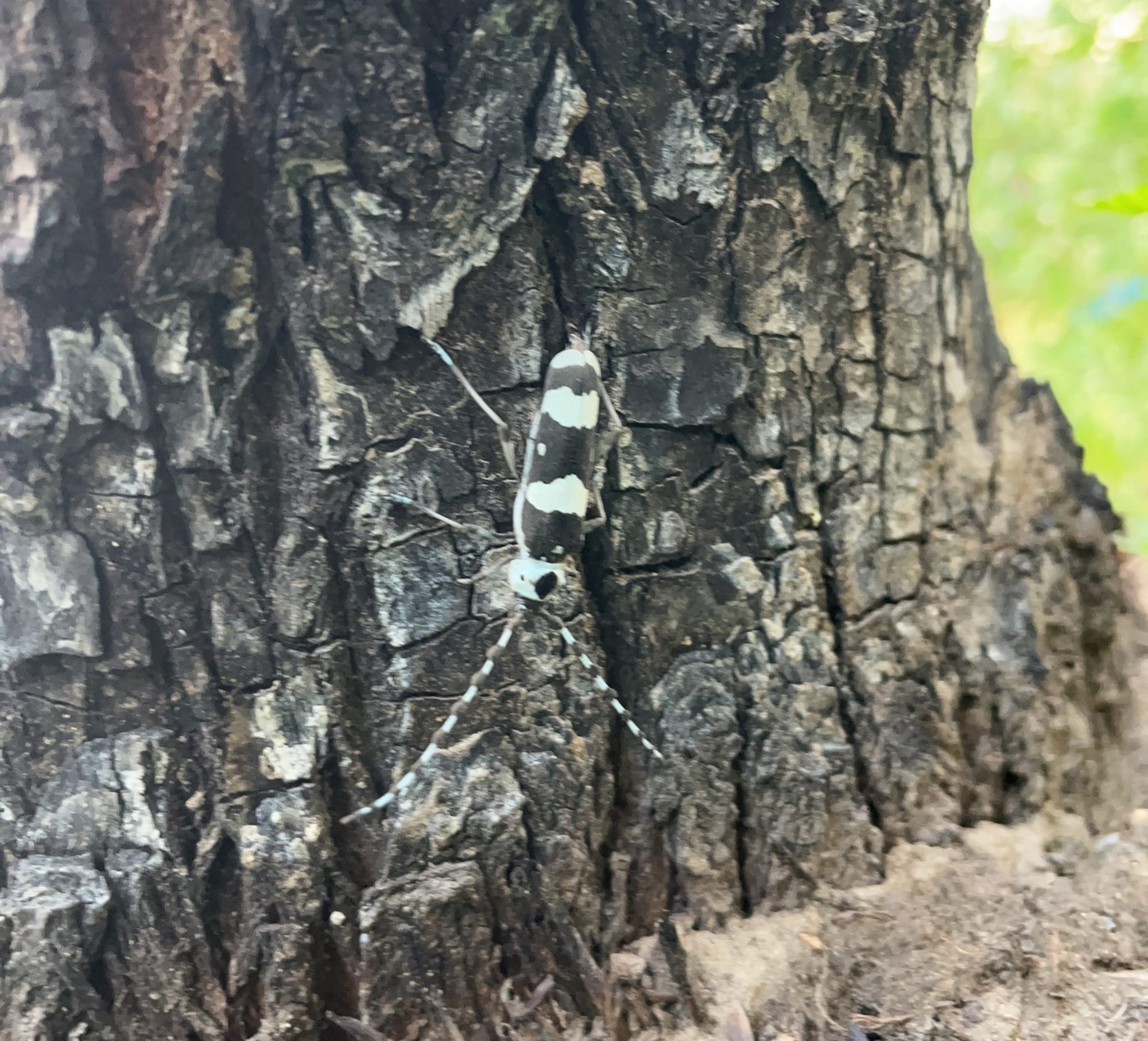
These beetles are never common, and it's always a surprise (if not a thrill), when you find one. If you try picking one up, you'll be even more surprised because they defend themselves by making a squeaky, hissing sound that will startle you.
